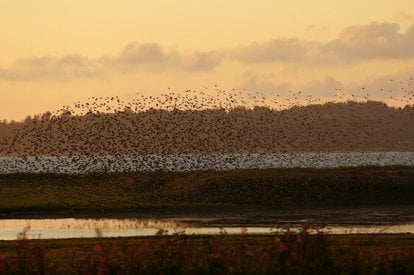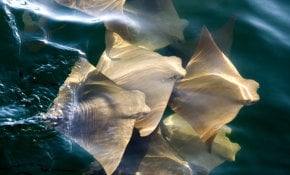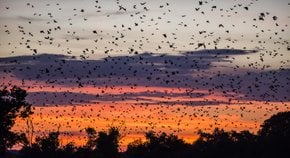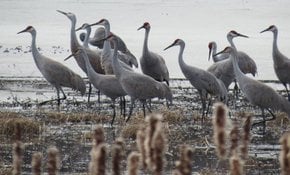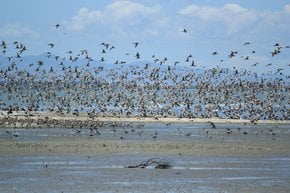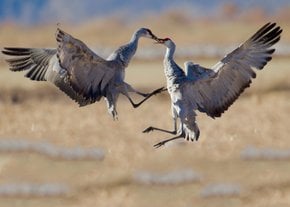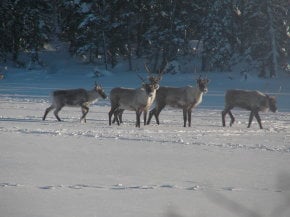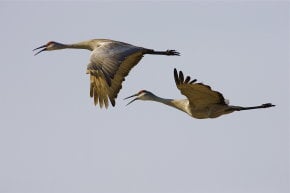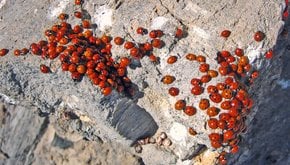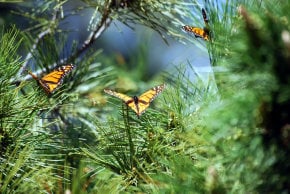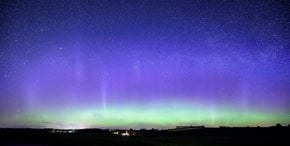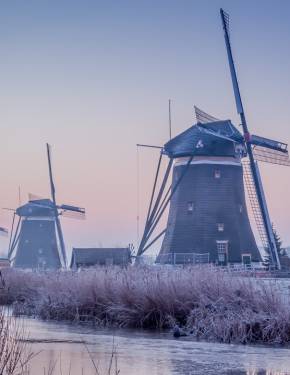Black Sun or Starling Murmuration in Denmark 2026
This strange, dancing, airy body is neither tornado nor ghost, but a million starlings!
Best time: mid-March–mid-April | mid-September–mid-October
At first sight, it seems there is nothing particularly special about this small dark bird, but have you ever seen starling murmuration, also known as the black sun or, as locals call it—Sort Sol? These terms refer to a natural phenomenon when hundreds, thousands, and millions of starlings simultaneously twirl in the air, performing 3D geometrical figures. It looks amazing and somewhat scary at the same time, for it resembles a tornado or a ghost, and it is hard to imagine how a huge bird mass can act in such an accord!
Scientists have tried to explain how it is possible that starlings move so synchronously and harmoniously, and arrived at the conclusion that this is all about math and physics rather than biology. The main rule for every single starling is to keep the sight of the nearest seven birds around.
When to see starling murmuration
This wondrous ritual occurs at sunset during starlings' winter migration from Scandinavia to the warmer areas in Southern Europe. So, the best time to observe the phenomenon is roughly between mid-September and mid-October. Another season to spot a mesmerizing spectacle of the "black sun" falls between March and mid-April, when starlings return to the north. Starlings' short performance lasts for about 20 minutes.
Where to see starling murmuration in Denmark
Tønder Marsh
The most popular spot to marvel at huge swarms of starlings is around Tønder Marsh in southern Jutland, close to the city of Vidåen and the border with Germany. Up to 1.5 million starlings sometimes gather in the area, where they settle in the wetlands and reed forest called "log." Birds in large swarms are often spotted around Magisterkogen and Hasberg Sø. If you take a guided Black Sol tour in Tønder Marsh (see details in External Resources), you are almost guaranteed to see the birds. The guided tour takes about 3 hours and costs between DKK 225/245,
Wadden Sea
The Wadden Sea is the largest national park in Denmark and one of the most important wetlands in Europe. The salt marsh ecosystem is crucial for breeding birds, fish, ocean mammals, and plants. Starling murmuration is often observed in the areas close to the town of Ribe, the oldest existing town in Denmark. During the daytime, the birds feed in the meadow, and by the twilight, they gather at the marshes to waltz in the air for a while until they finally settle down to overnight among the reeds. Nature-guided tours to observe the black sun phenomenon are offered by Wadden Sea National Park. The three-hour tour costs from 250 to 400 DKK.

